Understanding A1C Blood Sugar Conversion
Empower yourself with our guide on A1C blood sugar conversion. Learn the eAG formula and understand your health better!
Understanding A1C and Blood Sugar Conversion
Managing diabetes might not be anyone’s idea of a good time, but getting a handle on A1C levels and what they mean for blood sugar is pretty important stuff. We’re here to break down what the A1C test is all about and how it fits into the blood sugar picture.
A1C Test Explained
The A1C test is like a 3-month report card on the average sugar levels you’ve been carrying around. How does it do that? By measuring what percentage of your hemoglobin—the stuff in red blood cells—is gunked up with sugar. Since red blood cells are pretty temporary and get the boot every few months, this test gives a broader view of sugar control without getting bogged down in daily ups and downs.
So, here’s the short and sweet on the A1C test:
- It looks at average blood sugar for the last couple of months.
- It’s expressed as a percentage, sort of like the sugar coating on your cell donut.
- Hemoglobin is the hero marker here.
- It’s a heads-up on potential diabetes-related issues down the road.
Relationship Between A1C and Blood Sugar Levels
Getting how A1C and blood sugar hang together is a biggie for keeping diabetes in check. While A1C speaks percentage, those spot-check blood tests chat in milligrams per deciliter (mg/dL). Confused? Don’t worry, here’s the quick conversion guide:
| A1C (%) | Average Blood Sugar (mg/dL) |
|---|---|
| 5 | 97 |
| 6 | 126 |
| 7 | 154 |
| 8 | 183 |
| 9 | 212 |
| 10 | 240 |
Thanks to Accu-Chek for the handy numbers.
Most folks dealing with diabetes aim to keep that A1C at 7% or below (American Diabetes Association)—like aiming low at golf for fewer health hazards like heart or nerve damage.
Interested in getting to the nitty-gritty on how these A1C numbers stack up to regular ol’ blood sugar readings? Check out our section on a1c to blood sugar conversion.
And for flipping that conversion on its head, see our other article on blood sugar to a1c conversion.
We hope this helps make sense of how your A1C results are a snapshot of your overall sugar management game. Teaming up with your healthcare squad can help you keep those A1C scores on target and manage diabetes like a pro.
A1C to Blood Sugar Conversion
We’re diving into how A1C levels relate to our daily sugar numbers—makes handling diabetes just a tad easier. Here, we’ll break down the eAG magic and give you the lowdown on what those A1C percentages really mean.
The eAG Formula
Imagine you’re trying to tell someone your average sugar level in terms they’d understand—like dollars instead of yen. The folks at the American Diabetes Association (ADA) had that same idea, and that’s why they whipped up the estimated average glucose (eAG) formula. This neat little equation translates your A1C percentage into numbers you can kinda relate to, right there in mg/dL.
Here’s the magic math trick:
[ \text{eAG (mg/dL)} = 28.7 \times \text{A1C} – 46.7 ]So, if your A1C is clocking at 7%, just plug it in:
[ 28.7 \times 7 – 46.7 = 154 \, \text{mg/dL} ]A simple way to see how your sugar’s doing over time (ADA source).
Interpreting A1C Percentages in mg/dL
Alright, let’s chat about what those A1C numbers really mean in the blood sugar scene. Here’s a little table that matches up A1C percentages and their average sugar pals.
| A1C (%) | Estimated Average Glucose (mg/dL) |
|---|---|
| 5 | 97 |
| 6 | 126 |
| 7 | 154 |
| 8 | 183 |
| 9 | 212 |
| 10 | 240 |
(source)
So, if you’ve got your A1C sitting pretty at 6%, that’s roughly 126 mg/dL. When it bumps up to 7%, you’re looking at about 154 mg/dL. Keeping an eye on these numbers with regular checks can give you the full scoop on your sugar story (Accu-Chek).
An A1C hanging around 7% tells us your sugars average about 154 mg/dL—a signal to be on high alert for any pesky diabetes complications. It’s super crucial to balance your daily sugar readings with those A1C checks.
To keep things in check, the ADA suggests a nice range of 80-130 mg/dL before you eat and less than 180 mg/dL a couple of hours post-chow. (diabetescare.net).
Feeling curious? We’ve got more A1C information on a1c to blood sugar conversion and blood sugar to a1c conversion to help you stay on top of your sugar game.

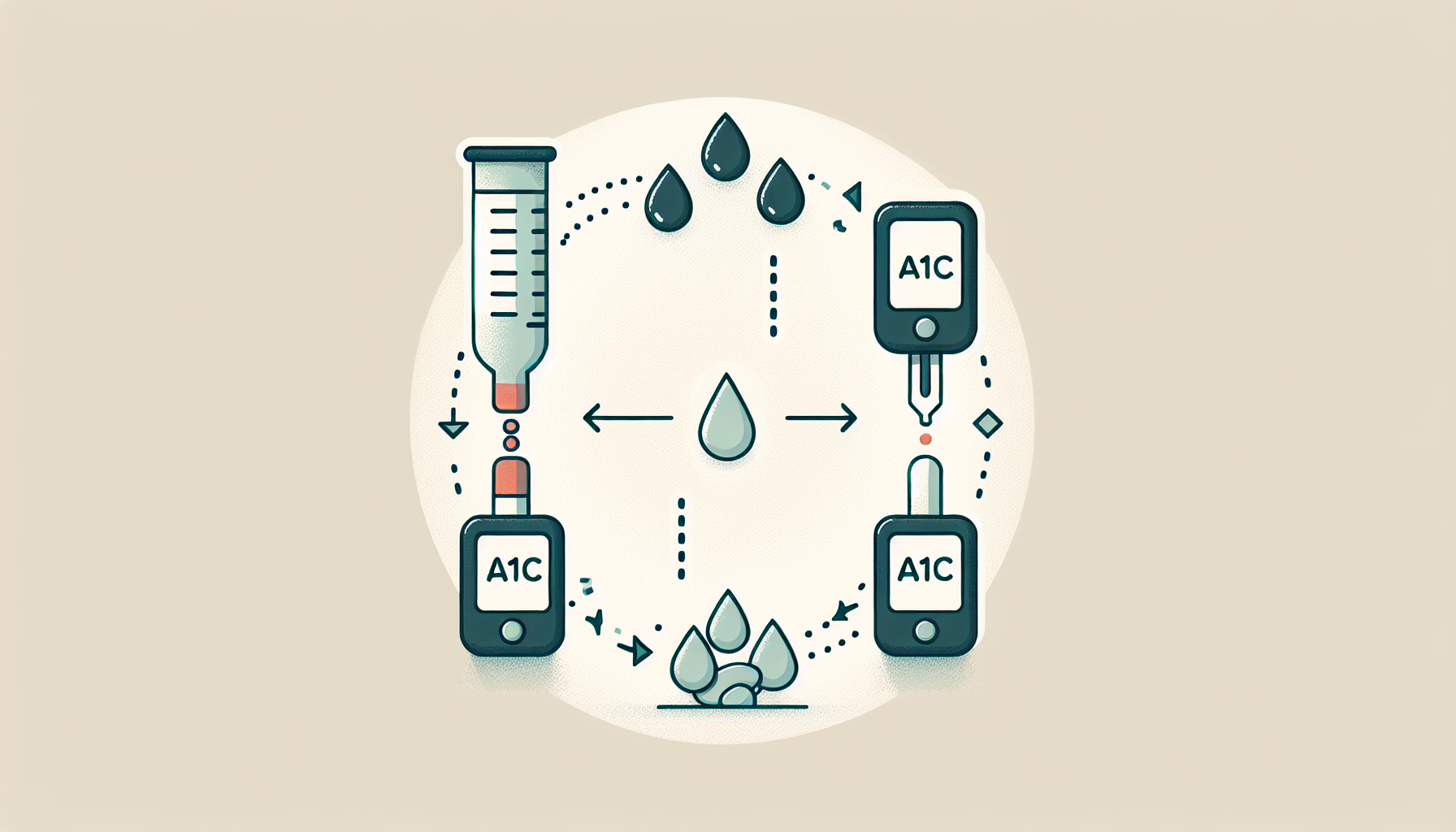
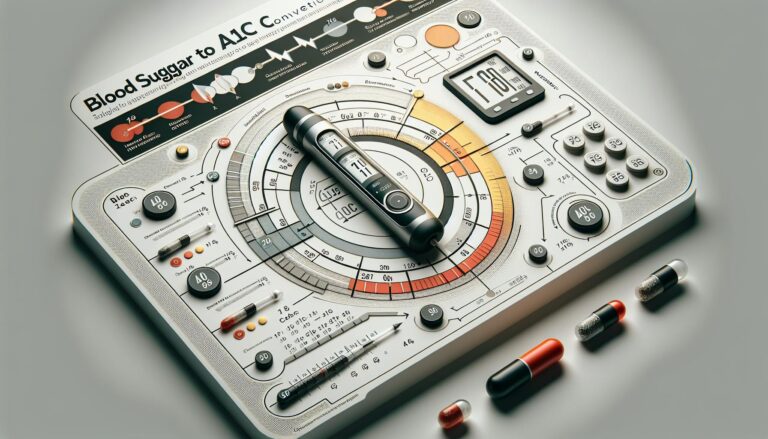

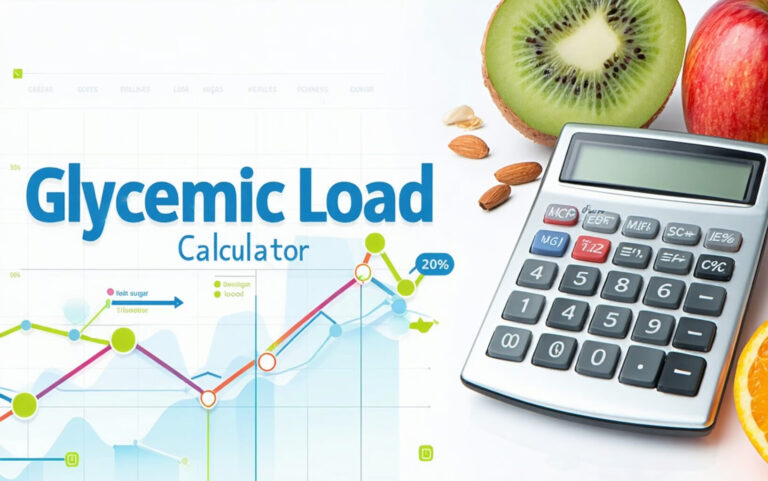
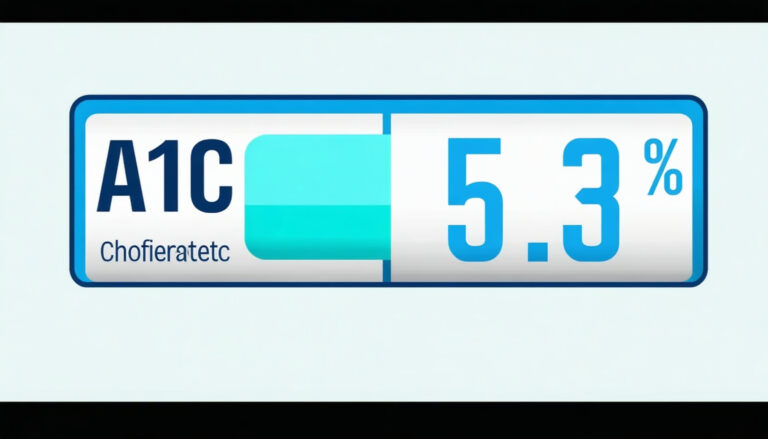
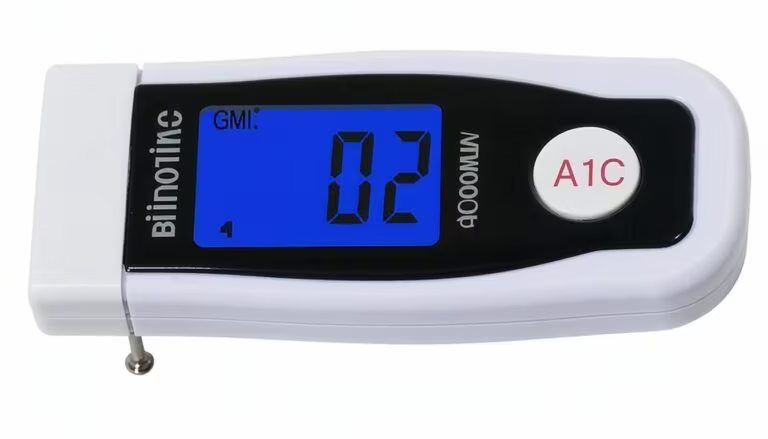
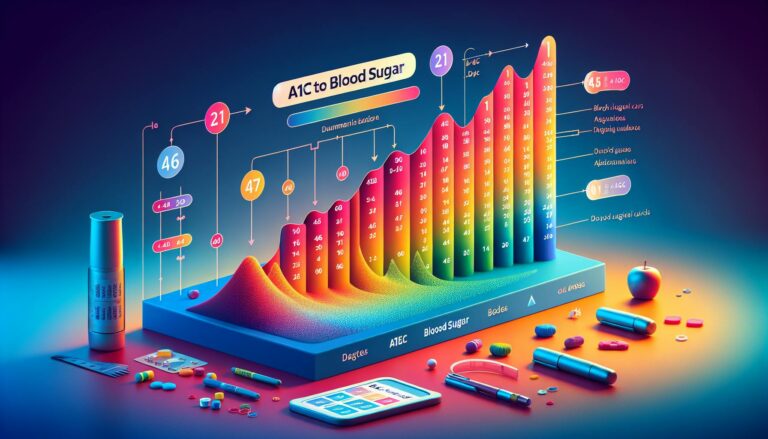
Leave a Reply